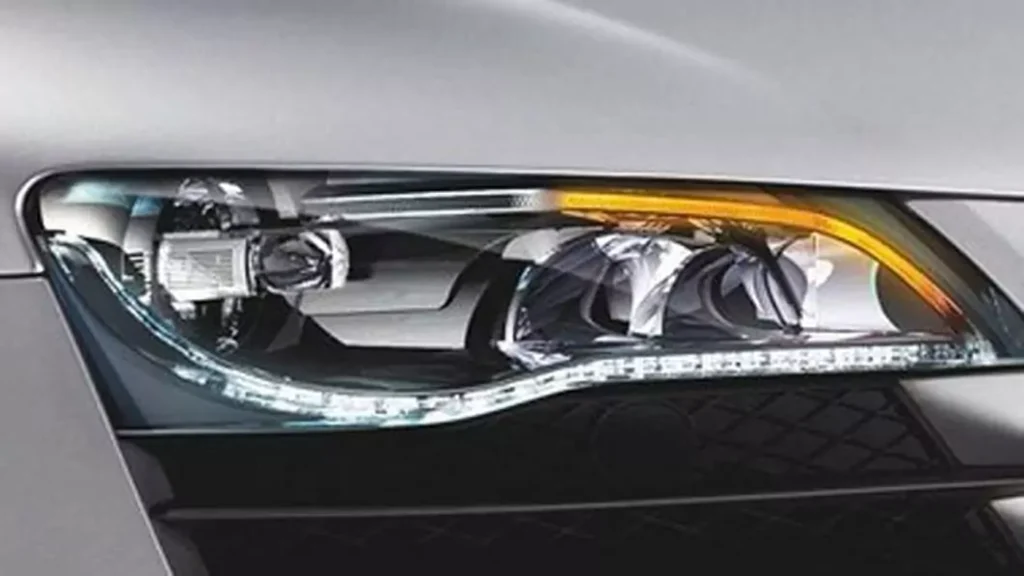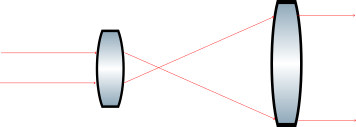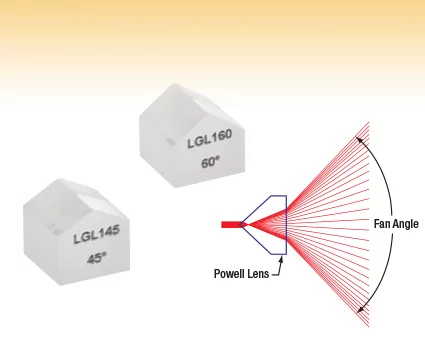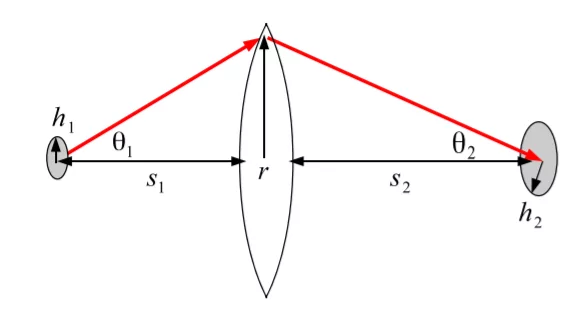Laser and Adaptive Headlight Tech Explained

In the past we have talked about LiDAR and its use in auto industry, there are many more examples of optical engineering in the auto industry. One good example are the new adaptive headlights that protect the driver from glare. The US National Highway Traffic Safety Administration (NHTSA) has lifted some of the bans that […]
Tessar Lens Design

Among the many lens design configurations, one of the most common lens optical layouts is the Tessar Lens. This layout was created by Paul Rudolph in 1902 for photographic lenses. In the golden age of film photography, the Tessar configuration was widely used in common lenses such as the f 50mm/f2.8 As with any photographic […]
Beam Expander Design

Introduction to Beam Exander Design The essence of numerous laser applications lies in the capacity to control and shape laser beams to meet specific requirements. In previous articles, we discussed the significance of beam splitters, homogenizers, and Powell lenses. Now, our focus shifts to the concept of beam expanders, an important optical element that can […]
Powell Lens Design

Previous posts have reviewed different techniques for beam homogenization as well as the difference between spot size and beam angle. This post will review a method for beam shaping using Powell Lenses. Powell lenses are lenses that create a straight laser line by dispersing, in a controlled way, an input collimated beam. They were first […]
Medical Use of Photodiodes

Not all optical systems create images. In some systems, detecting light intensity is enough to meet an application requirement. For those systems, it’s possible to convert an optical signal into an electrical signal using electronics and photodiodes. In short, photodiodes are semiconductor devices used to detect and convert photons into an electric voltage (or current). […]
How the Abbe Sine Condition impacts optical designs

When making first order optical design calculations, most engineers use parameters based on paraxial (or ideal) systems. That is, lenses in which the chief rays are very close to the optical axis. However, that’s not always the case, and as we move away from paraxial optics conditions, the presence of aberrations has a greater impact […]